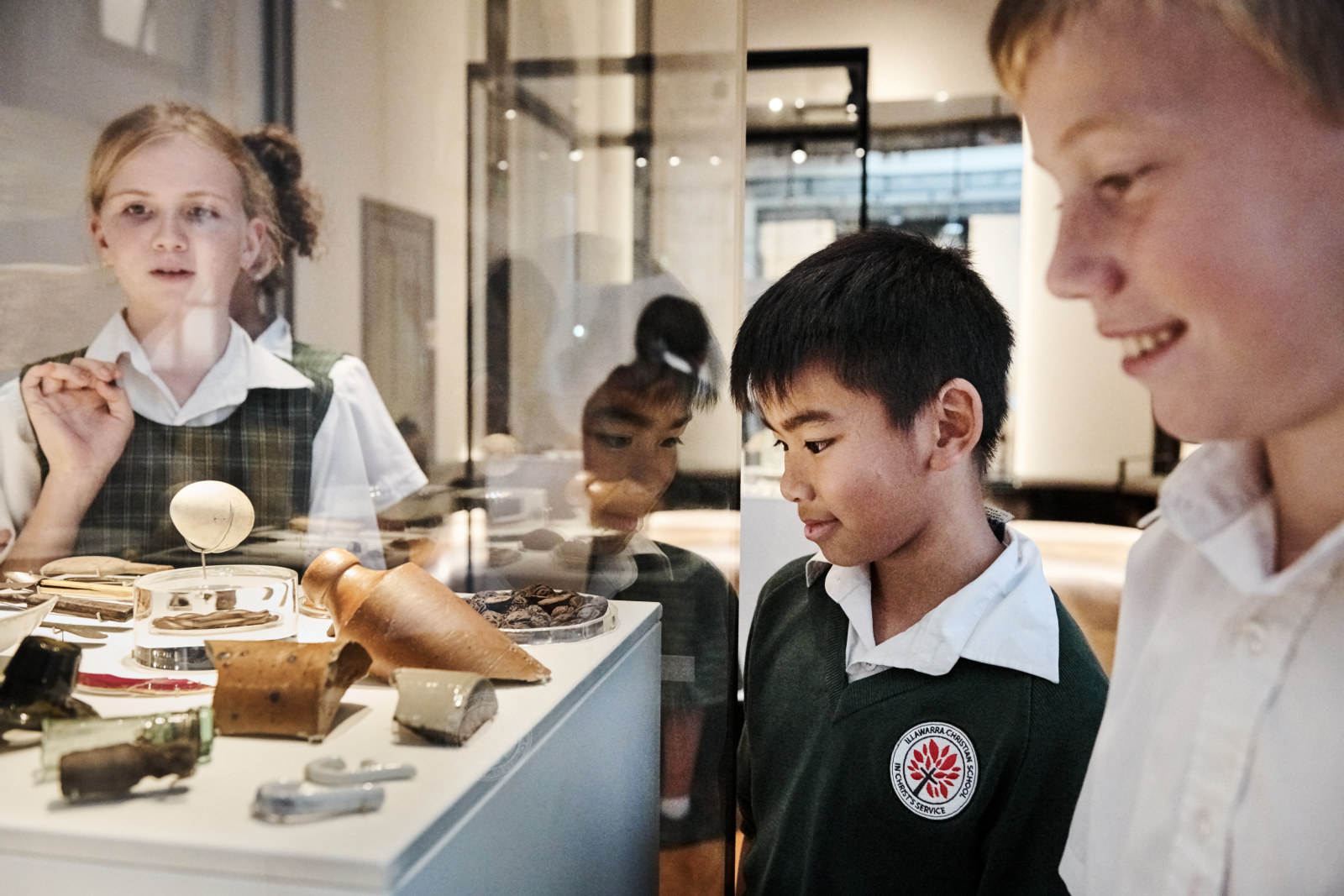Learning
Explore our curriculum-linked programs, excursions and resources for stages 1 to 6
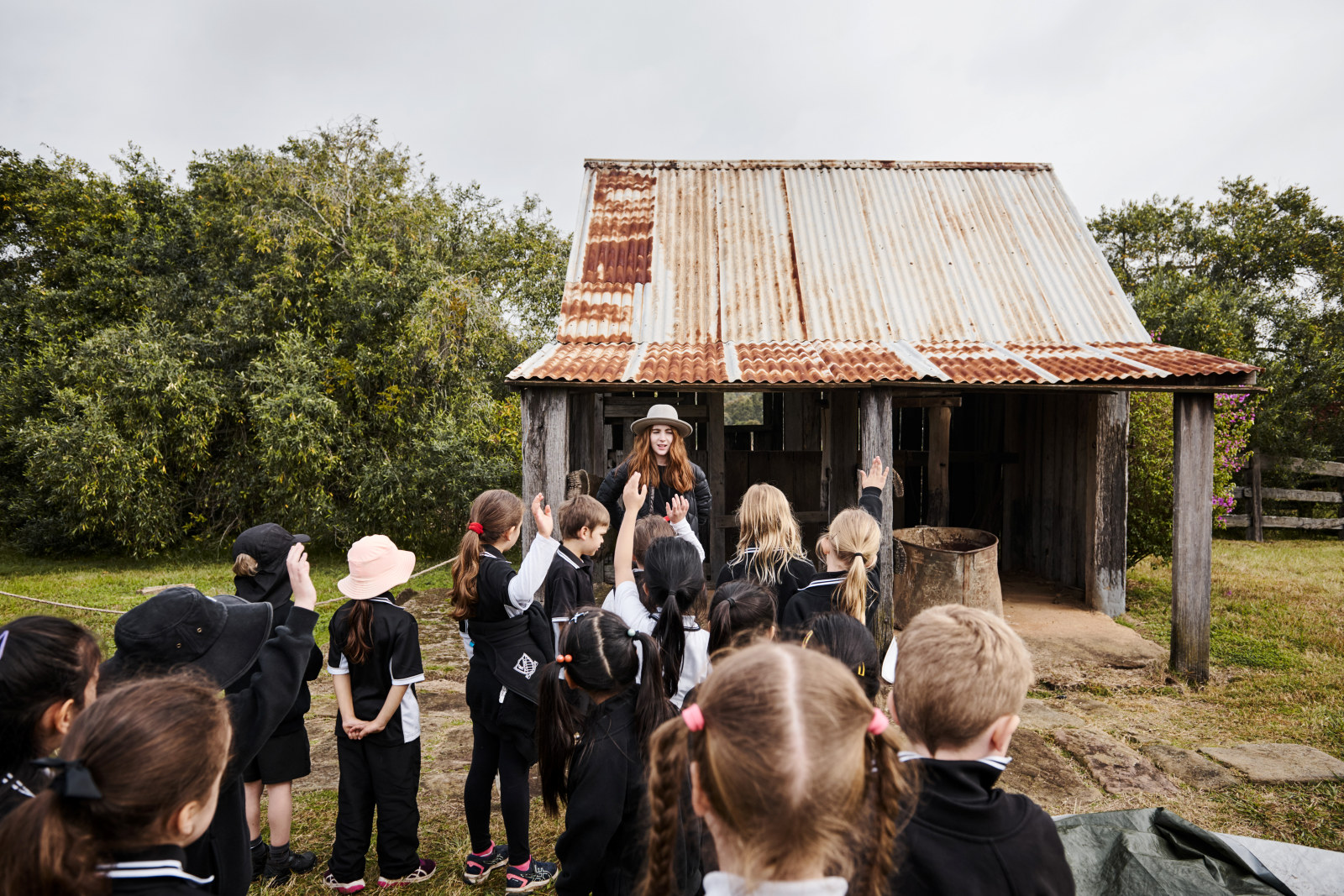
Onsite programs
We offer immersive, curriculum-linked excursions for Stages 1 to 6. Step into history to discover how people lived in the past and the important events and stories that unfolded in these special places
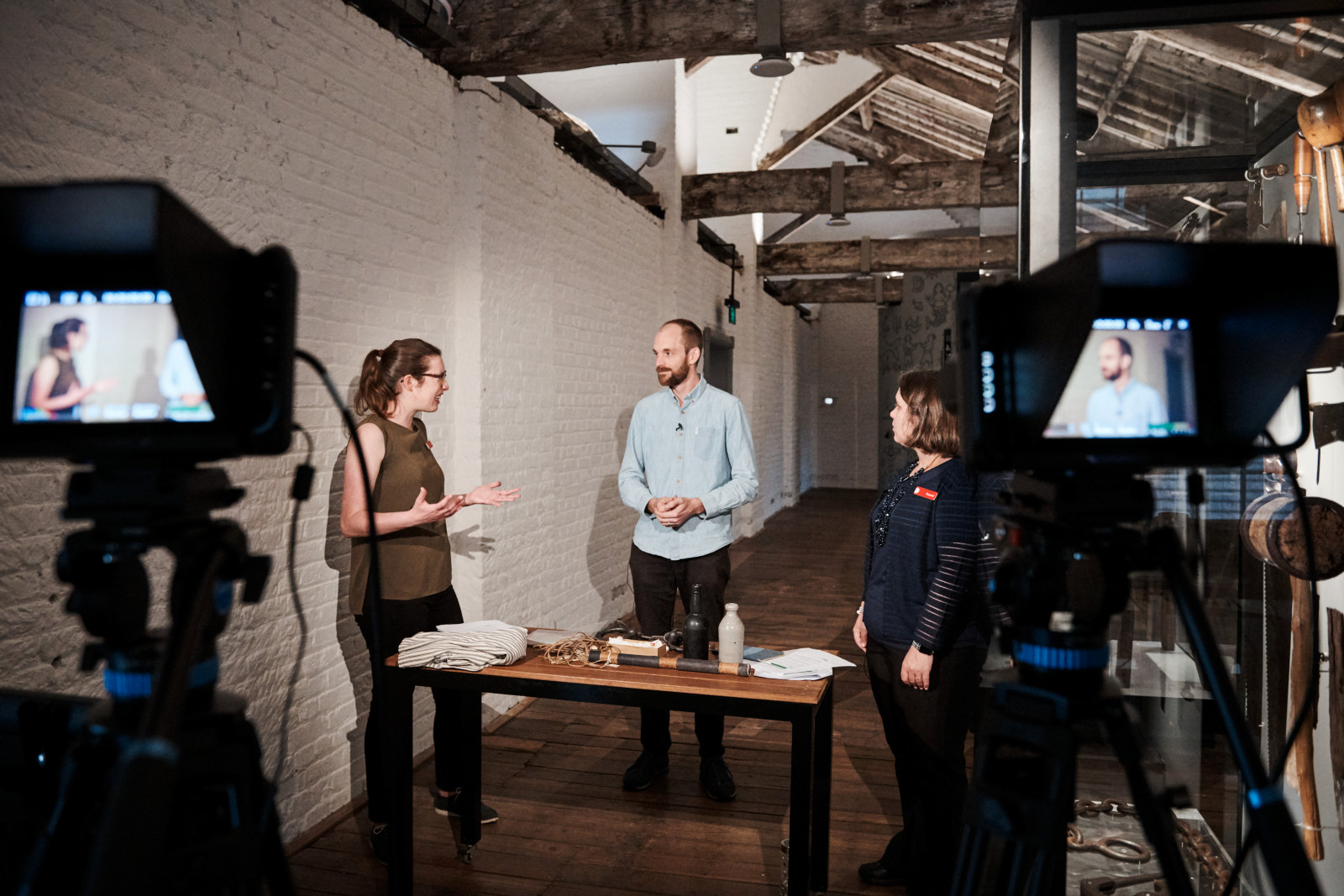
Virtual excursions
Our interactive virtual excursions connect your class live with a museum educator and focus on specific curriculum content, concepts and skills. We currently offer virtual excursions for Stages 1 to 4
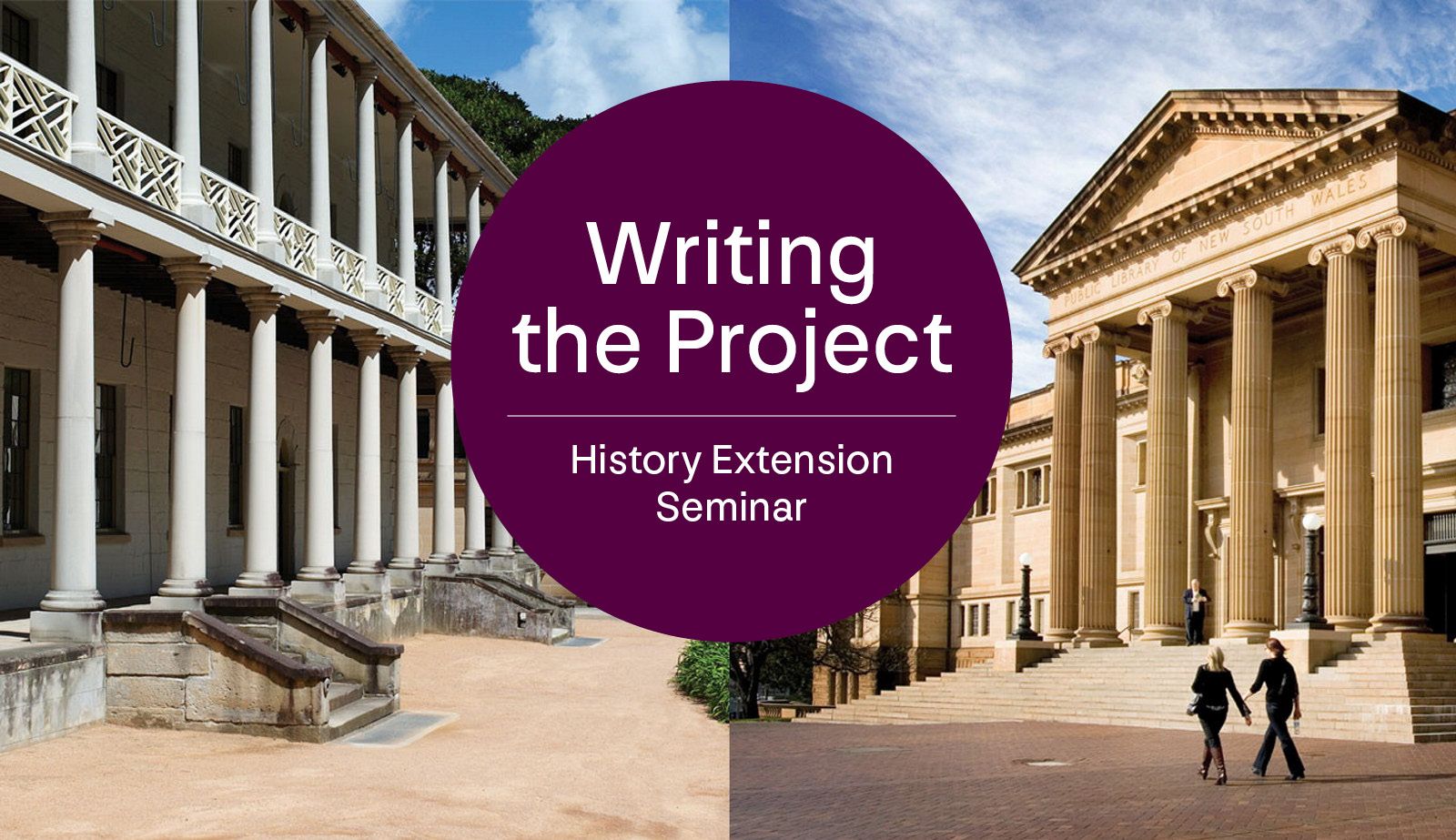
Writing the Project: History Extension Seminar
This new interactive online seminar is presented by Museums of History NSW and the State Library of NSW

Virtual Excursion
The Art of Place
Reconciliation Week will see our first free Live Event for 2024 and it will be streaming from at the Museum of Sydney, which exists on the site of First Government House, on Gadigal land
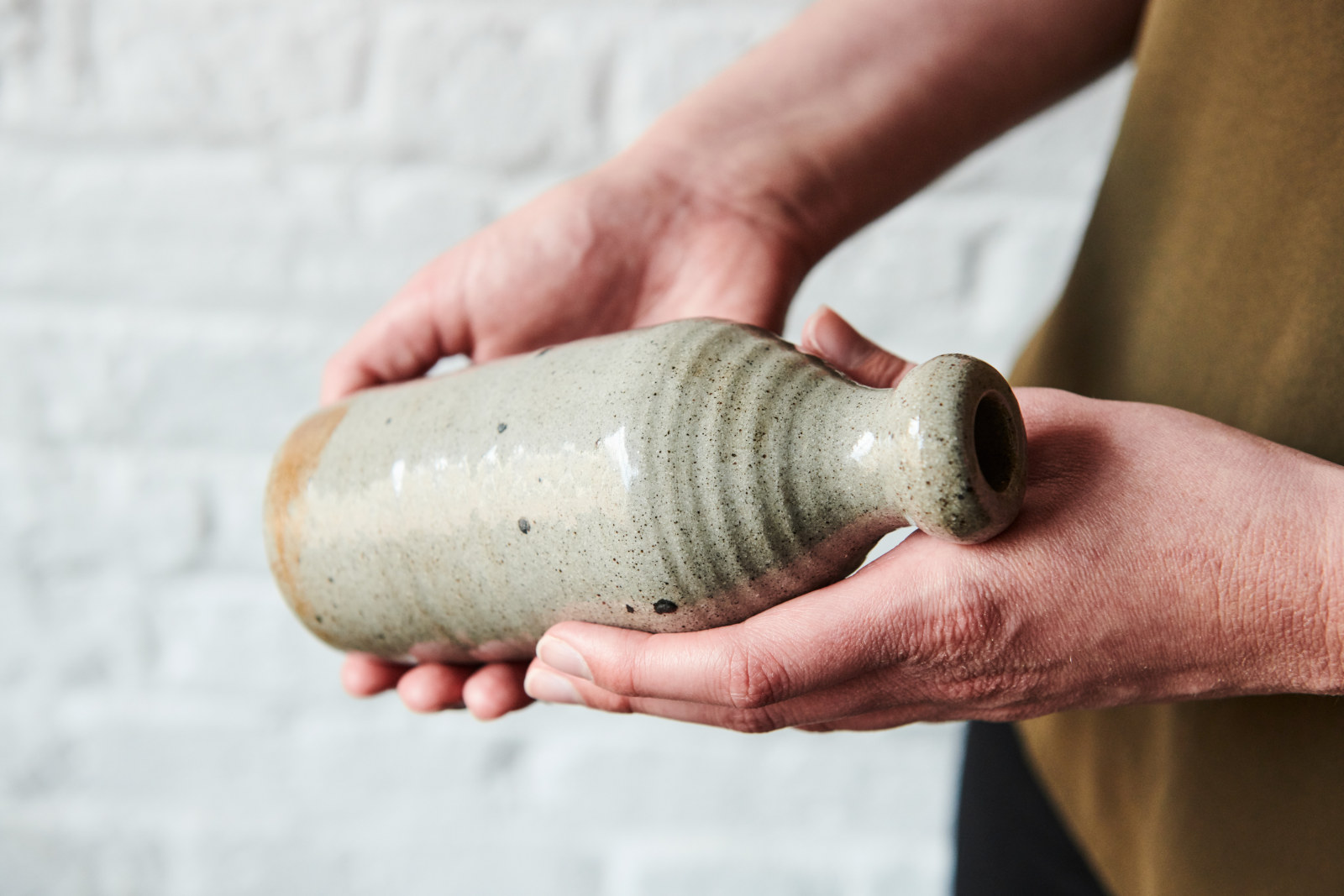
Online resources
Explore our range of free online learning resources designed by teachers for primary and secondary school students
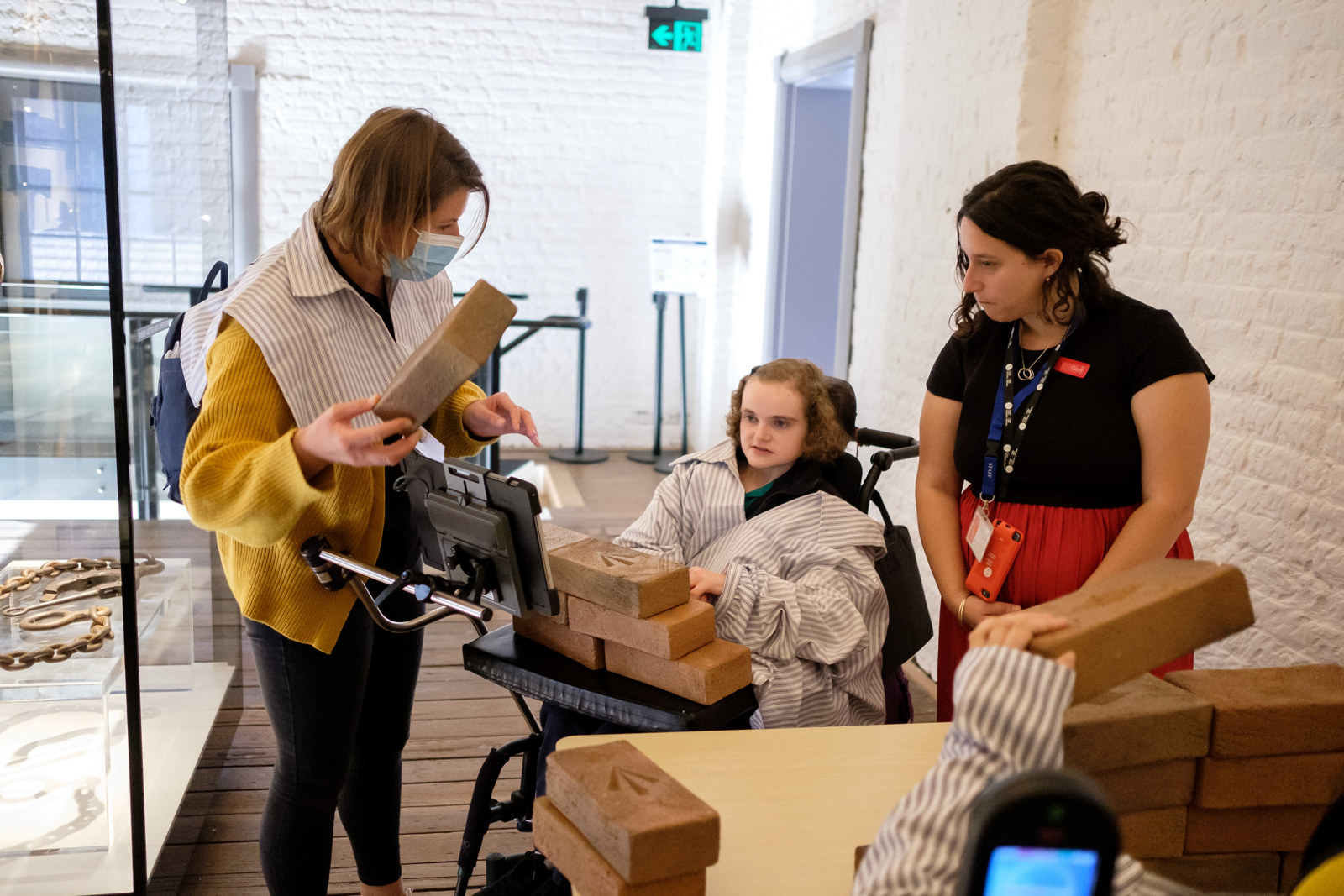
Access & inclusion
Our vision is to enable all students, including those with access requirements, to fully experience our places and connect with all our stories
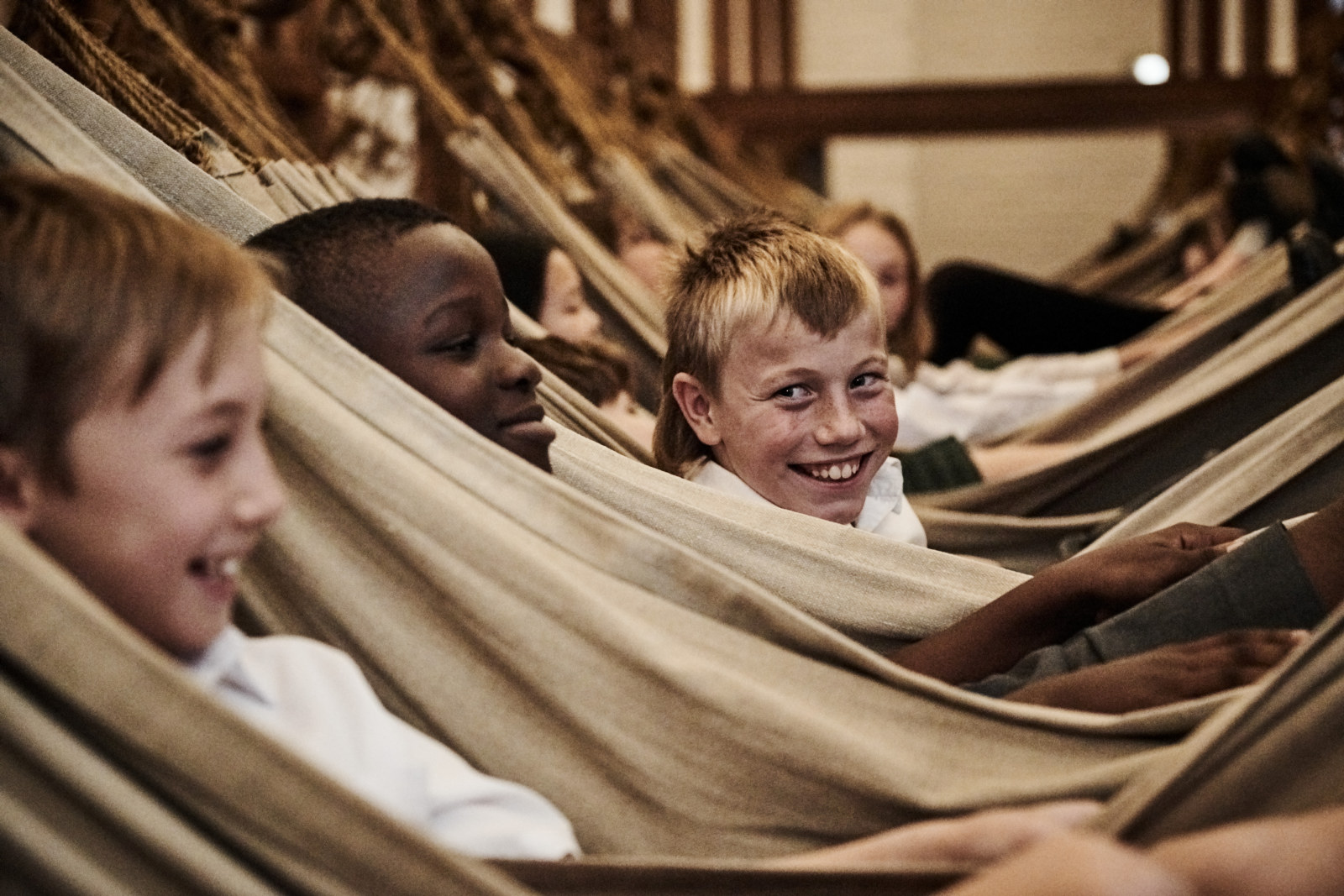
Onsite
History Adventures at the Barracks
Join us for a one-of-a-kind museum experience, where kids will discover what life was for the convicts at the Hyde Park Barracks!
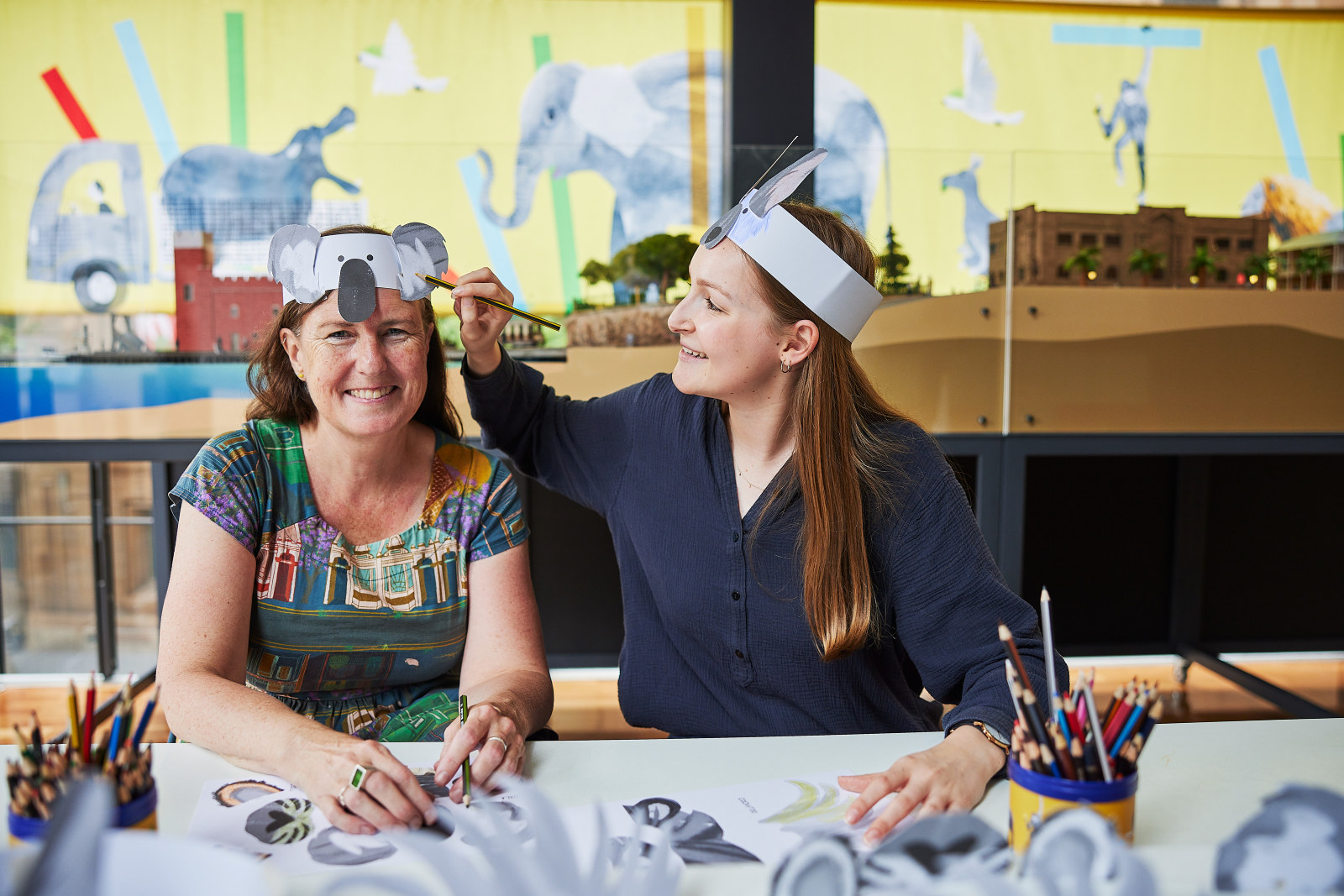
Internships
We offer project-based internships that give students direct experience of working in a museum
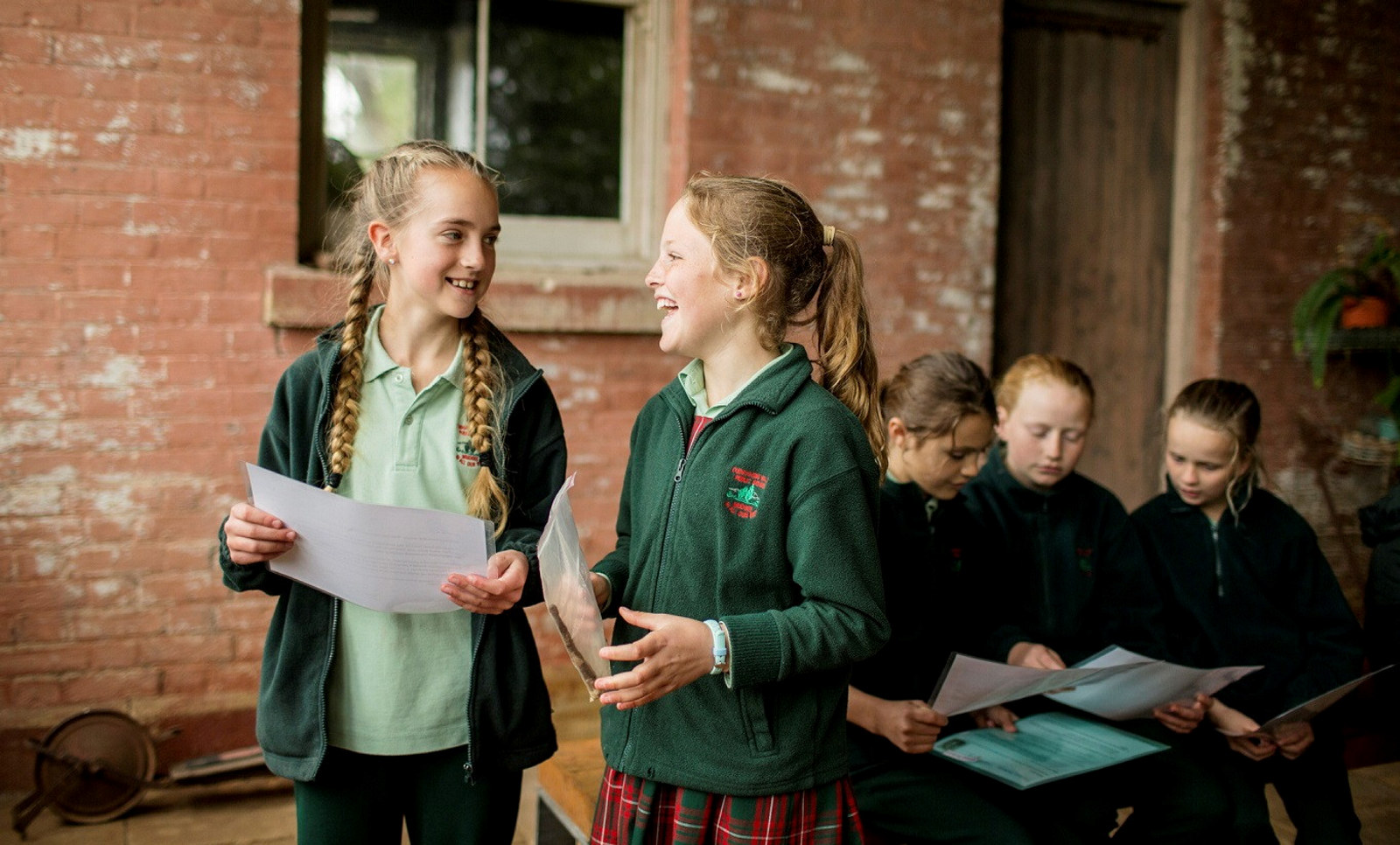
Learning subsidy
Museums of History NSW is pleased to offer support to selected students to attend our learning programs
Contact us
The Learning Team
The Mint
10 Macquarie Street, Sydney NSW 2000
Phone: + 61 2 8239 2288
Email: learning.team@mhnsw.au
Bookings
For all Learning bookings, please contact Bookings:
Phone: + 61 2 8239 2211
Email: bookings@mhnsw.au
